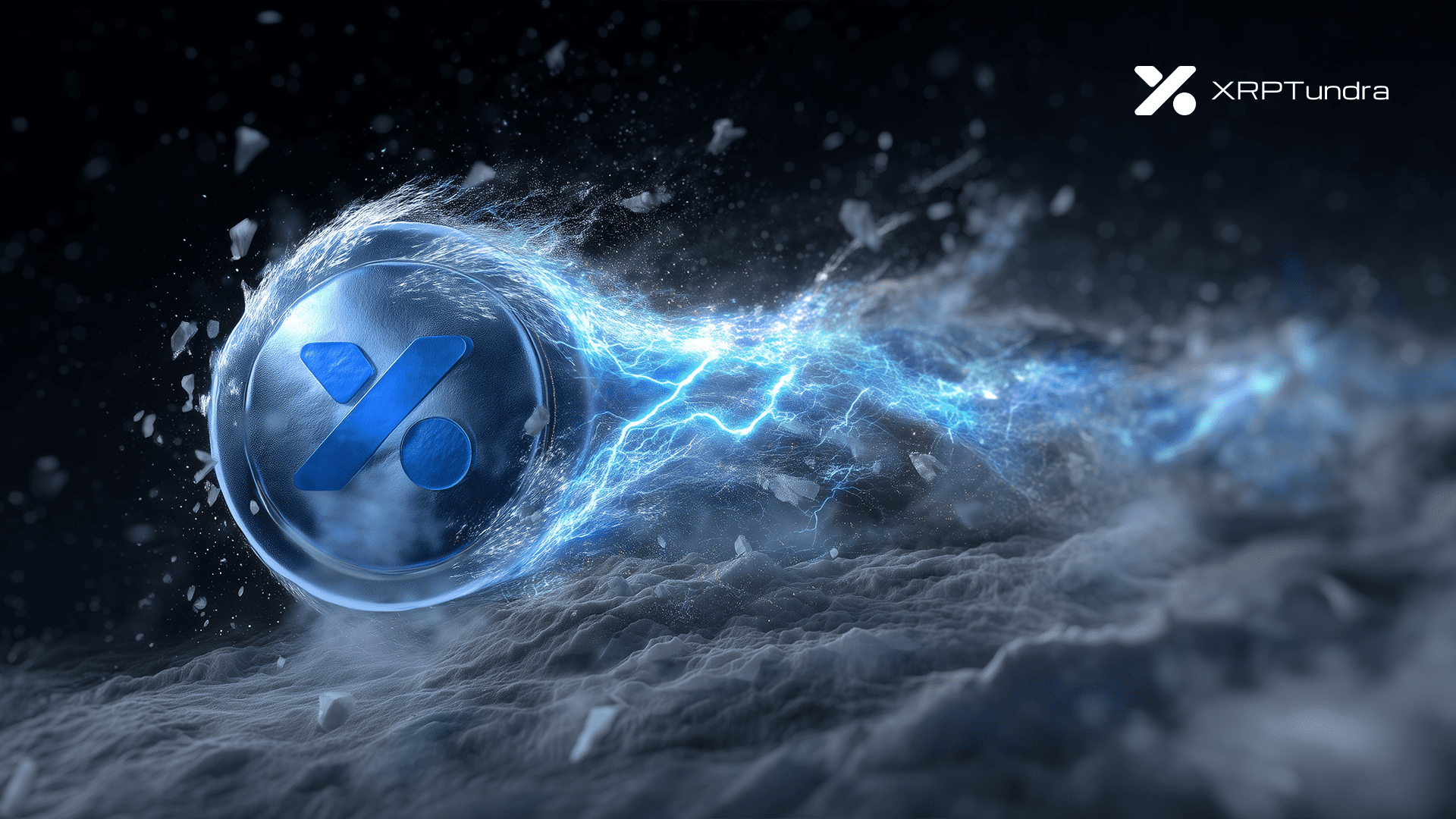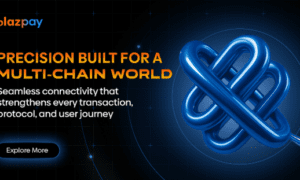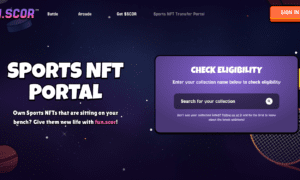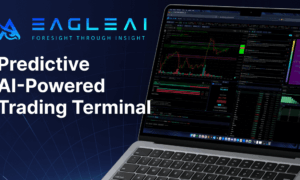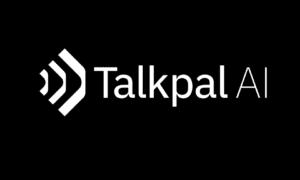Kaspa’s reputation as one of the fastest blockchains has fueled months of coverage across the crypto sector. Built on a blockDAG rather than a traditional linear chain, its architecture allows multiple blocks to coexist simultaneously, drastically increasing throughput. Yet as the “fastest chain” debate accelerates, developers and investors are questioning whether raw block production speed equals usable performance.
That discussion now extends to XRP Tundra — a dual-chain ecosystem merging Solana’s processing layer with the XRP Ledger’s verified settlement infrastructure. While Kaspa prioritizes propagation speed and miner competition, Tundra’s model seeks predictable execution, measurable governance, and verifiable transparency.
Kaspa’s BlockDAG Engine: Speed by Design
Kaspa’s architecture differs from nearly every other major chain. Instead of enforcing a single, linear sequence of blocks, it operates on a BlockDAG — a directed acyclic graph that allows multiple blocks to be created and validated in parallel. This approach removes the typical bottleneck of waiting for one block to confirm before producing the next.

At the heart of the system is GHOSTDAG, Kaspa’s consensus algorithm. It organizes blocks according to a partial order, selecting the heaviest “blue” subgraph — the cluster of honest blocks — and excluding slower or conflicting ones. Combined with a rapid block interval, recently lowered to one second, this gives Kaspa an effective throughput in the thousands of transactions per second range, far above older proof-of-work systems.
However, the same structure that enables speed also introduces complexity. Parallel block creation means temporary forks are normal, and the system must constantly reorganize to maintain order. That process adds computation overhead, making propagation time and node synchronization crucial to security.
Throughput vs. Finality: Why DAG Isn’t Enough
Kaspa’s DAG model delivers impressive propagation metrics, but practical finality — the point at which transactions are irreversible — still depends on network confirmation depth. High block frequency increases reorg probability, and without checkpoints, exchanges typically wait for 30 or more confirmations before treating a transaction as final.
In other words, the chain can be fast to write but slow to settle. That tradeoff has become central to discussions about real-world usability. For institutional systems and DeFi applications, speed without deterministic settlement can create operational risk — a concern that has slowed broader integration of DAG-based networks.
This is where XRP Tundra’s architecture diverges. Instead of optimizing for single-layer velocity, it distributes functions across independent environments: Solana for high-throughput execution and XRPL for immutable settlement.
Tundra’s Dual-Chain Structure: Execution and Settlement in Harmony
Within the Tundra ecosystem, TUNDRA-S operates on Solana as the utility and yield token, handling execution-layer activity including staking, liquidity management, and fee flow. Solana’s proven throughput — averaging over 50,000 TPS under load — ensures that transactions can execute instantly without waiting for sequential block confirmation.
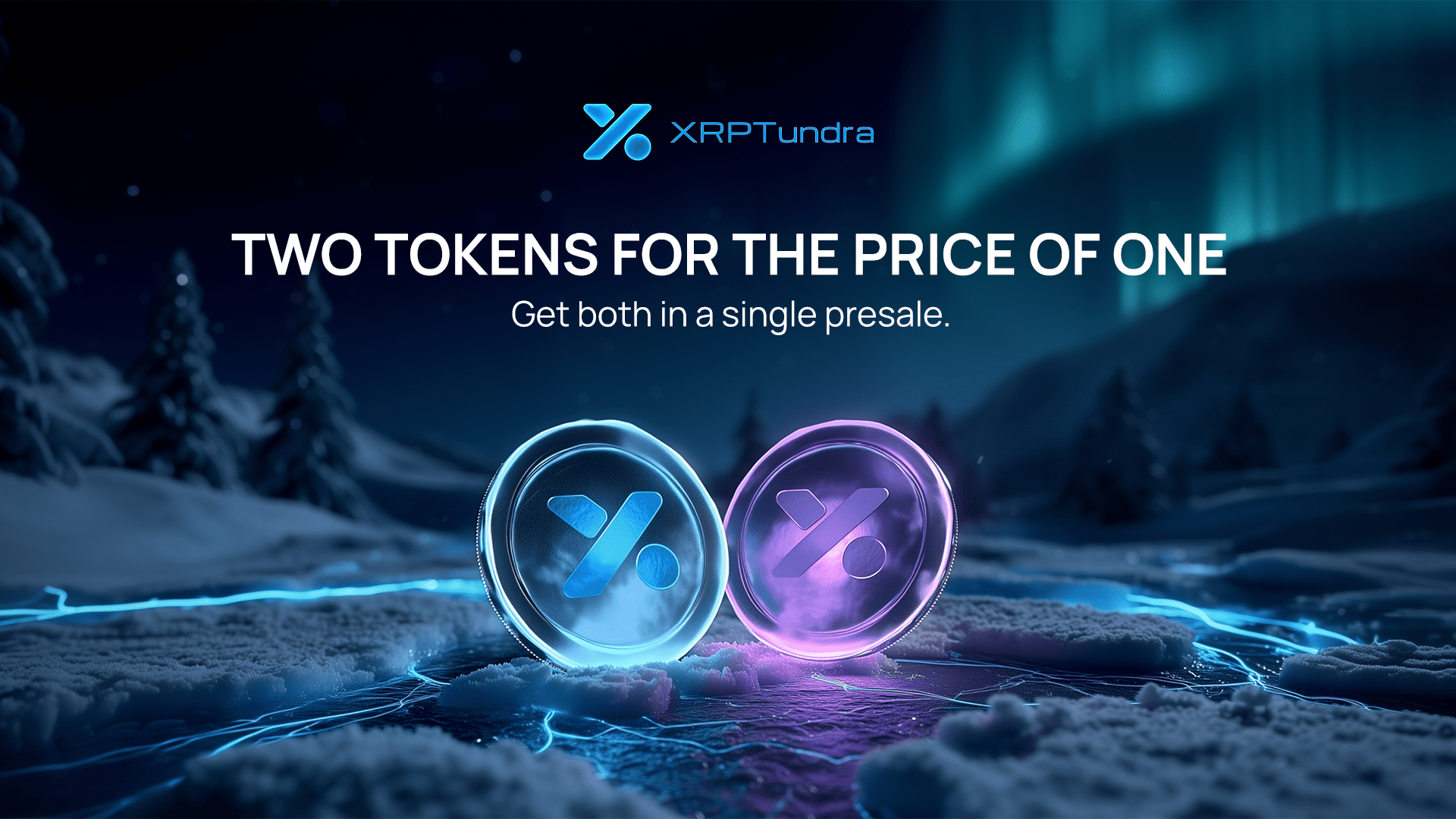
Meanwhile, TUNDRA-X, issued on the XRP Ledger, anchors governance, reserves, and inter-chain state verification. This separation means governance decisions and liquidity operations do not compete for the same bandwidth, reducing network contention during high-volume events.
The upcoming GlacierChain layer will extend this logic further, functioning as a bridge and verification layer between XRPL and Solana. It will enable direct staking of XRP within Tundra’s ecosystem while maintaining the compliance-ready audit trail that distinguishes the project from many experimental networks.
Verified Infrastructure: Transparent by Default
Unlike many high-speed experiments still in prototype, Tundra’s foundation has been independently verified. The project holds audits from Cyberscope, Solidproof, and FreshCoins, along with full KYC verification by Vital Block.
This verified infrastructure matters because high-throughput environments amplify security risks: even minor exploits propagate faster. A recent review by Crypto Infinity on YouTube described Tundra’s dual-ledger design as “a performance model with a compliance backbone,” highlighting that the audits remove opacity at the smart-contract and liquidity-pool levels.
Tundra’s liquidity itself is managed through Meteora’s DAMM V2, a dynamic automated market-maker that raises or lowers transaction fees during volatility spikes. This allows trading to continue smoothly even as markets fluctuate — a practical advantage over rigid fee models common in DAG-based systems.
Presale Participants’ Confidence Keeps Growing
Phase 6 of the XRP Tundra presale continues to attract attention from investors seeking predictable architecture over speculative velocity. More than 11,600 participants have contributed over $1.2 million, with cumulative Arctic Spinner rewards exceeding $10,000.
Investors purchase TUNDRA-S at $0.1 with a 14 % bonus, receiving TUNDRA-X free at a reference value of $0.05. Confirmed listing prices — $2.5 for TUNDRA-S and $1.25 for TUNDRA-X — quantify upside within a fixed framework. Each presale phase is audited, preventing retroactive price adjustments common in fast-moving token campaigns.

While Kaspa pursues theoretical limits of block generation, Tundra channels throughput into structured economics. The result is not simply speed, but sustained verifiability — transactions that move fast and finish certain.
Join over 11,000 participants choosing structure over speculation:
Website: https://www.xrptundra.com/
Medium: https://medium.com/@xrptundra
Telegram: https://t.me/xrptundra
X: https://x.com/Xrptundra

